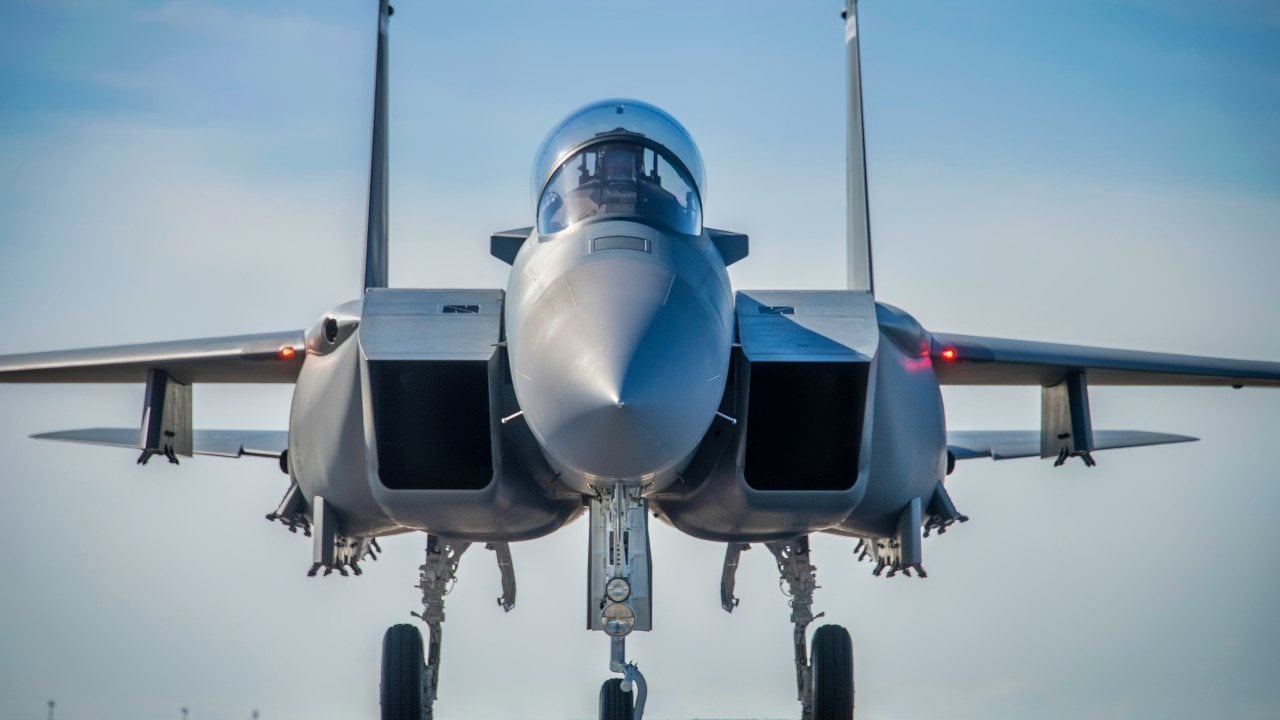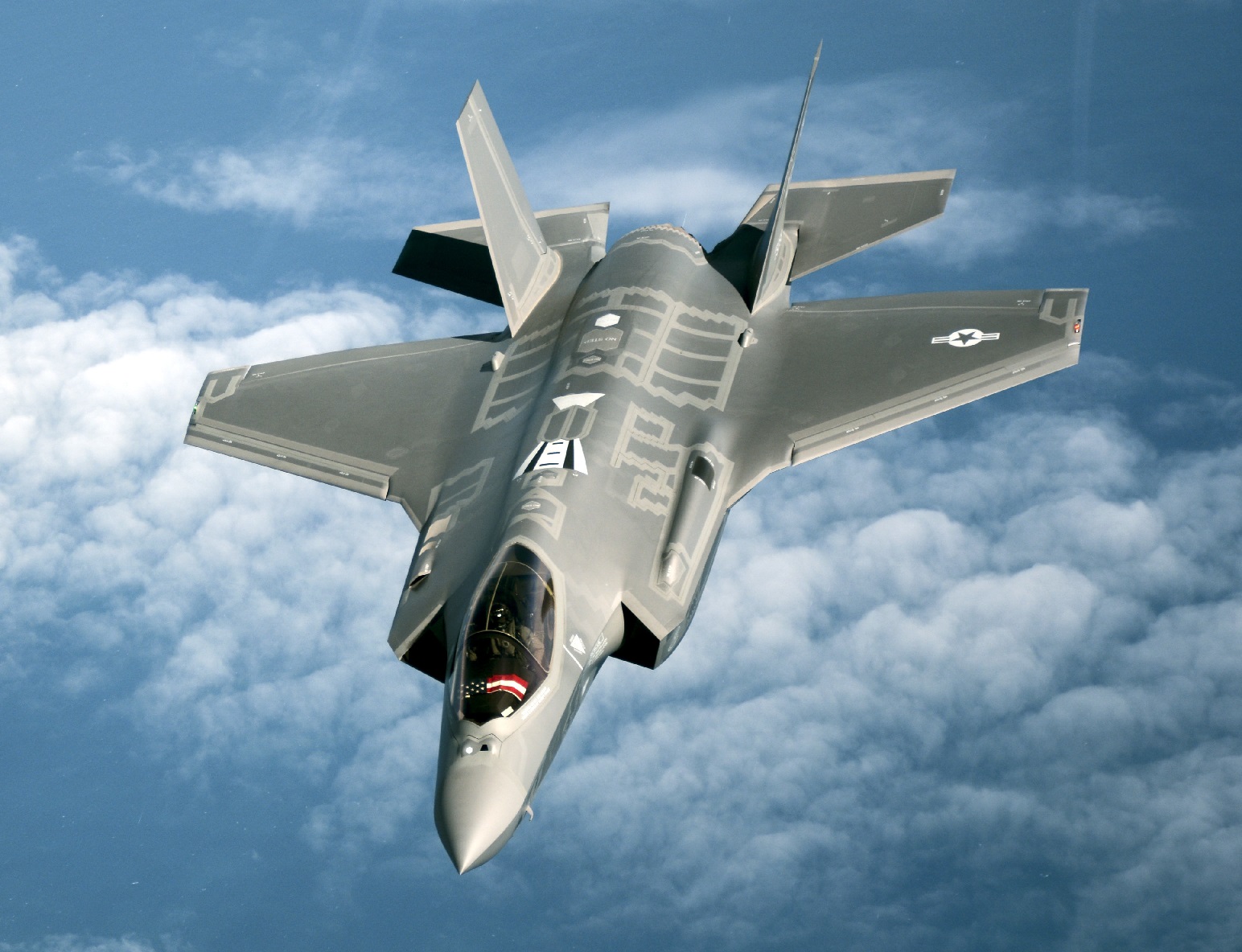Poland Tops NATO in Military Spending in Terms of GDP Percentage (More Than USA)
At the recent MSPO military trade show, Poland announced its plans to boost defense spending to 4.2% of its GDP, making it the highest of any NATO country, surpassing even the United States.
Summary and Key Points: At the recent MSPO military trade show, Poland announced its plans to boost defense spending to 4.2% of its GDP, making it the highest of any NATO country, surpassing even the United States.

-Warsaw is also ramping up its jet fighter acquisition, with a $4.6 billion deal for 32 Lockheed Martin F-35s and exploring further options, including the Boeing F-15EX and Eurofighter Typhoon.
-The focus is on modernizing Poland’s military and replacing Soviet-era equipment, especially with concerns over Russian aggression following the invasion of Ukraine.
Poland to Spend 4.2% of GDP on Military – and Looks to Ramp Up Jet Fight Acquisition
At last week's MSPO trade show – Poland's largest military hardware expo – the Eastern European nation and NATO member saw a record-breaking 28,000 visitors from across Europe and the world. The annual event, now in its 32nd year, has become one of the largest military arms fairs in a NATO member nation. In recent years, it has allowed foreign military hardware makers to come to Poland to pitch the latest in tanks, combat aircraft, and other platforms.
This is the third time that the event has been held since Russia launched its unprovoked invasion of Ukraine, and that has led to Warsaw increasing its military spending.
"Polish Deputy Prime Minister and National Defence Minister W adys aw Kosiniak-Kamysz said he intends to sign contracts worth about PLN 2 billion ($515 million) with foreign and domestic manufacturers during the four-day MSPO defense industry show," Defense News reported.
Warsaw Looks to Additional Combat Aircraft
The Poland Air Force has already been in the midst of a major overhaul of its fleet, pledging its aging Soviet-era Mikoyan MiG-29 (NATO reporting name Fulcrum) to Ukraine. At the same time, it recently saw its first Lockheed Martin F-35 Husarz ( Polish for Hussar) roll off the assembly line.
It marked the beginning of a $4.6 billion deal for 32 F-35A aircraft, with the first jets arriving in Poland by 2026. In total the Polish Air Force will operate 32 of the fifth-generation stealth fighters, with the aircraft initially operating from the 32nd Tactical Air Base in Lask, in the central part of the country – and then with the 21st Tactical Air Base in Swidwin, northwest Poland.

Poland was also one of the first former Warsaw Pact nations to adopt the F-16 Fighting Falcon, designated the "Jastrz B" (Falcon). It purchased a total of 48 of the aircraft in a deal dating to 2003.
Warsaw is now exploring options, including whether it will increase its F-35 order, opt for the Boeing-made F-15EX – which could include domestically-made engines – or the Eurofighter Typhoon. The latter aircraft is already widely in service with several NATO members and could have an edge over the Eagle II. By contrast, engine maker Pratt & Whitney has stepped up by stating it would increase engine maintenance, repair and overhaul (MRO) activities in Poland.
Poland Has Increased Defense Spending
Warsaw recently approved its largest planned military budget in the nation's history as it seeks to modernize its arsenal, dispensing with the last of its Soviet-era tanks and combat aircraft. In total, Poland's defense spending will reach 4.2% of its GDP – putting it above all other NATO member nations, including the United States.
Given the amount of money that Warsaw is now spending, it is doubtful any U.S. political candidate could accuse the neighbor of not pulling its weight or paying its fair share. Poland has remained committed to supporting Ukraine and continues to be worried about where Moscow might seek to move next.

Author Experience and Expertise: Peter Suciu
Peter Suciu is a Michigan-based writer. He has contributed to more than four dozen magazines, newspapers, and websites with over 3,200 published pieces over a twenty-year career in journalism. He regularly writes about military hardware, firearms history, cybersecurity, politics, and international affairs. Peter is also a Contributing Writer for Forbes and Clearance Jobs. You can follow him on Twitter: @PeterSuciu. You can email the author: [email protected].
Image Credit: Creative Commons and/or Shutterstock.


